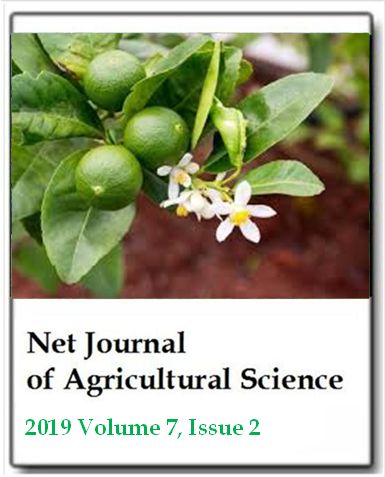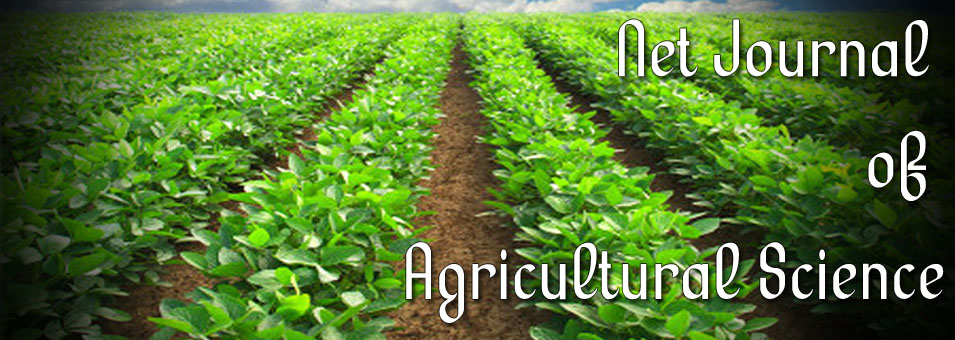Microbiological analysis of lettuce (Lactuca sativa L.) grown in an aquaponic and hydroponic system
Alcarraz, Quispe Edgar Wilber, Tapia, Laguna Olivia and Alcarraz, Quispe Yeny MerilaNet Journal of Agricultural Science
Published: May 3 2019
Volume 7, Issue 2
Pages 50-55
Abstract
Aquaponics is the integration of aquaculture and hydroponics and it generally corresponds to a recirculating aquaculture system where the waste produced by aquatic organisms becomes nutrients through bacterial action for plant growth. Water consumption as well as the environmental impact are lower in this system compared to hydroponic system and traditional aquaculture system. The recent study evaluated the microbiological quality of lettuce (Lactuca sativa L.) farmed in two production systems: aquaponics and hydroponics. At the same time, we evaluated fresh mass gain and feed conversion ratio (FCR) of rainbow trout (Oncorhynchus mykiss). The lettuce was farmed in an aquaponic system with waste from the fish, and in a hydroponic system with nutrient solution (Hoagland II-modified) for 21 days. At the end of this term, large lettuce was gotten from 8 to 12 cm. The lettuces that grew in both systems did not showesignificant differences in the microbiological quality. The aquaponic system started with rainbow trout, which have an average mass of 27.1 ± 0.8 g, and duringthe experiment rainbow trout gained 13.6 g, getting a FCR of 0.74 after the experiment. These results indicate that the aquaponic system used is a sustainable alternative for the production of high quality lettuce, allowing at the same time the farming simultaneous of fish with a good feed conversion ratio.
Keywords: Aquaponic, hydroponic, microbiological quality, feed conversion rate, rainbow trout.
Full Text PDF
ISSN: 2315-9766
